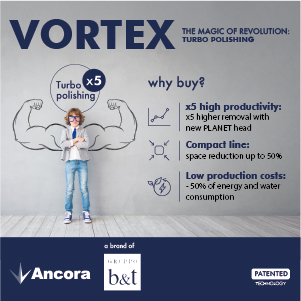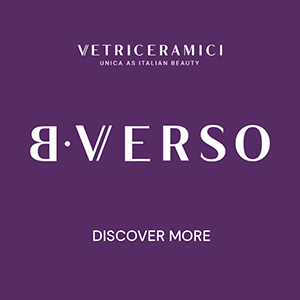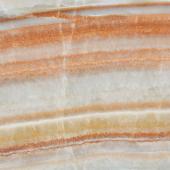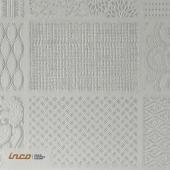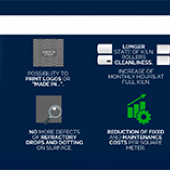Eco-friendly kiln furniture system for sanitaryware firing
Higher finished product quality and a more sustainable firing process are two of the top priorities of any ceramic sanitaryware manufacturer. But is it possible to achieve both these goals through an effective choice of kiln furniture and accessories?
For Imerys, the answer is a resounding yes. For this purpose it is proposing ShrinkSan®, an innovative patented kiln furniture system capable of reducing both the carbon footprint of sanitaryware (in this case, ceramic WCs) and the quantity of defects (and consequently waste) produced during firing.
The extreme heat generated during the firing process causes the WCs to shrink, creating friction between the piece and the kiln furniture. This friction often results in defects on the finished piece such as glaze chipping or foot deformation.
To reduce the occurrence of these defects, manufacturers typically use disposable plates inserted between the ceramic piece and the kiln furniture. This solution is effective but has a high environmental cost as it creates around 3 tonnes of disposable plates for every 1,000 WCs produced. This waste is rarely recycled and instead is usually sent to landfill or incinerated. Furthermore, the production of single-use plates involves the consumption of energy, water and raw materials.
Reusable and sustainable kiln furniture
To address this problem Imerys has developed ShrinkSan®, a solution that replaces traditional single-use plates with a much more sustainable kiln furniture system that can be reused more than 800 times while being able to manage the piece contraction process during firing.
The operation of ShrinkSan®
ShrinkSan® is a kiln furniture system consisting of four mobile elements positioned on a refractory batt. In their initial position, the mobile elements with the WC loaded on top of them are locked in place by a spacer made of organic material. During firing, the spacer decomposes allowing the four elements to follow the contraction of the sanitaryware piece. At the end of the firing process, the ceramic piece is unloaded and the ShrinkSan® system is reset by separating the mobile elements and inserting a new spacer between them. The system is now ready to be reloaded.
The technical advantages of the system
ShrinkSan® has been tested and is already in operation at several sanitaryware factories across Europe. It offers an effective replacement for the traditional disposable plates and brings the twofold advantage of a lower environmental footprint (avoiding 3 tonnes of waste for every 1,000 fired WCs) and higher product quality.
In particular, the ShrinkSan® system is able to keep step with the differential contraction of the piece regardless of its design, absorbing more than 75% of the firing shrinkage and reducing friction between the pieces and the kiln furniture. This significantly reduces defects and waste.
The system offers several further technical advantages compared to the use of disposable plates:
- ease of handling, set up and maintenance,
- an open design that facilitates heat transfer and increases airflow over the piece,
- individual ShrinkSan® components can be replaced, improving the lifespan of the system.
LCA of ShrinkSan® and Imerys’ environmental commitment
In June 2021, PwC conducted a comprehensive Life Cycle Analysis (LCA) of ShrinkSan® and the results were indisputable. Compared to the disposable plate system, ShrinkSan® reduces carbon emissions by 76% and the total carbon footprint of WC production by 6%.
The development of the new system along with the entire range of sustainable solutions confirms Imerys’ commitment to both the environment and Corporate Social Responsibility. This commitment was recognised in 2020 when Imerys was awarded the Platinum Medal by Ecovadis, the leading provider of corporate sustainability ratings for global supply chains with a network of more than 60,000 businesses, including many industry leaders. The Ecovadis Platinum achievement places Imerys in the top 1% of assessed organisations (and the first in the mining industry) in terms of its leadership, actions and concrete results in the fields of environment, labour and human rights, ethics and sustainable procurement.
Did you find this article useful?
Join the CWW community to receive the most important news from the global ceramic industry every two weeks









